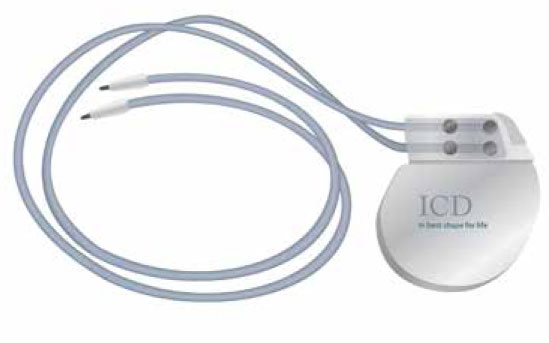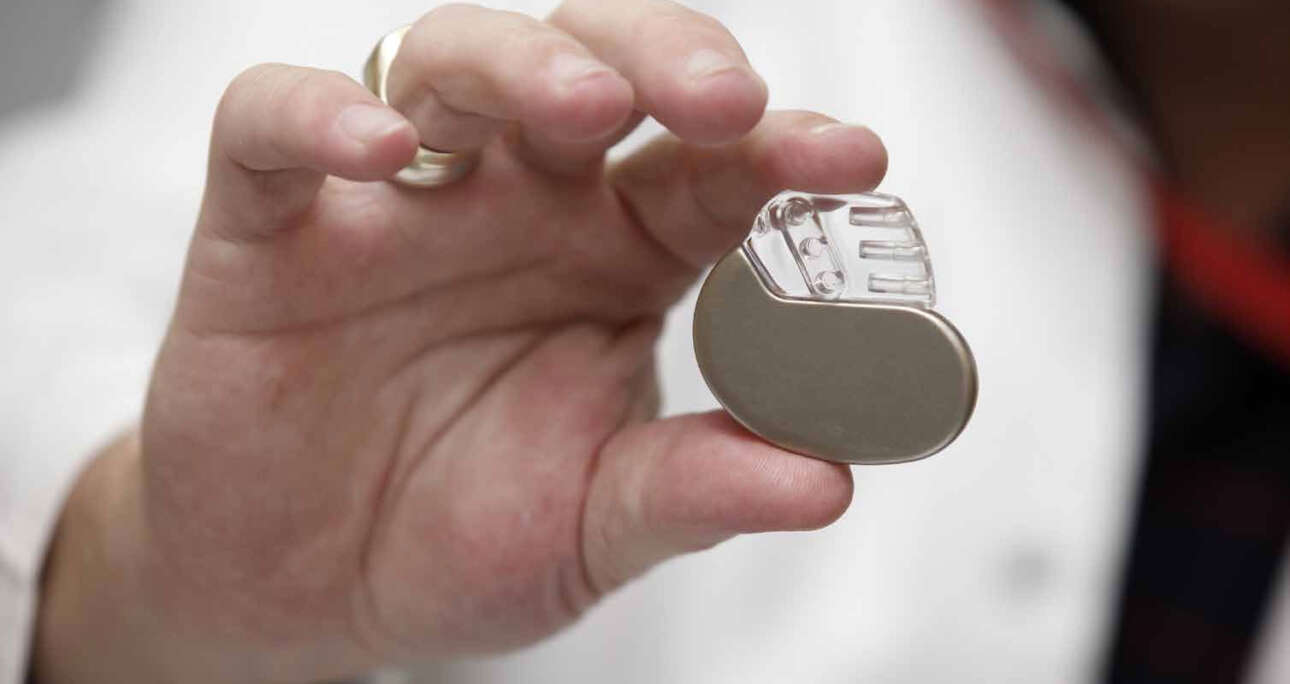What is a pacemaker?
A pacemaker has 3 parts; A pulse generator, one or more leads and a tiny electrode on each lead. The lead signals the heart to beat when the rate is irregular or too slow. The pulse generator is about the size of a matchbox and encased in a metal case; it has an electric circuit, with a miniature computer and a battery. It sends signals via the lead to the heart. The pacemaker lead(s) may be placed in one chamber (right ventricle) or two chambers of the heart (both right ventricle and right atrium).

When is a pacemaker necessary?
Patients with an abnormal or irregular heart rate need a pacemaker. When the heart rate is too slow or too fast, it can affect the function of the heart and cause a variety of symptoms. A pacemaker is a small electronic device that is surgically implanted on the left side just below the collarbone. A pacemaker regulates the heart rate and prevents it from becoming dangerously slow. A pacemaker may also be used to treat fainting spells (syncope), congestive heart failure and hypertrophic cardiomyopathy (a condition where the heart muscle becomes abnormally thick).

Leadless pacemaker
Unlike the conventional pacemaker which uses batteries and wires, patients can now opt for something more advanced like the leadless pacemaker. This device has a built-in battery and electrode to monitor the patient’s heart rhythm and stimulates their heart when needed. Compared to standard pacemakers, this piece will reside entirely in the right ventricle of the heart. To implant this, a catheter that contains the device is passed through a small hole in the groin and attached to the heart. For most people, the procedure is done under local anaesthesia. The patient will be given some numbing medicine for the groin. The entire process will take about 1 hour and in some cases lesser time. When it is over, patients are monitored in a recovery room until they are ready for discharge.
- Micra leadless pacemaker
- Implantable loop recorder
- Dual chamber pacemaker
- CRTD (cardiac resynchronization therapy with defibrillator)
- Single chamber ICD (implantable cardioverter and defibrillator)
- CRTP (cardiac resynchronization therapy pacemaker)

What are the benefits of a leadless pacemaker?
- No surgical scar under the skin where the pacemaker sits.
- Reduced risk of complications with lead placement & reduced risk of infections.
- Smaller than conventional pacemakers, about the size of a large vitamin capsule.





